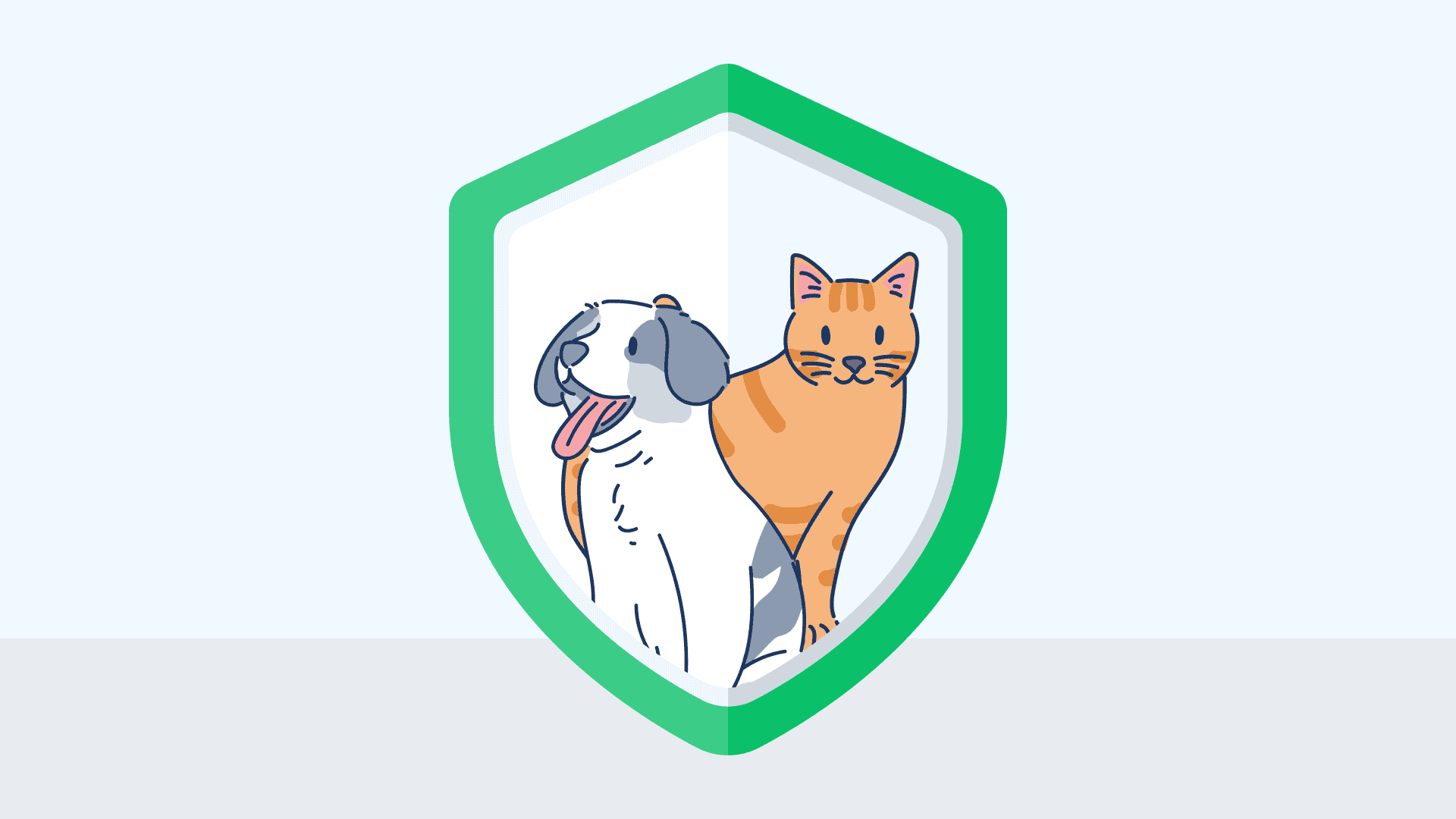Time to read : 3 Minutes
I used to be skeptical about paying for pet insurance. I once owned a pair of geriatric cats, neither of which were actually insurable when pet cover first became a thing. At 20 and 22 years old respectively, they were entirely too old to cover. This didn’t mean I’d be charged a higher premium; it meant my furry friends couldn’t be covered at all.
Fast forward several years, and I’m now the owner of an excitable white fluff devil called Cookie. A dog this time, and he made his way to us at 10 months old via a rescue service.
He was already desexed so that saved us a bit. As he was young and his pet insurance policy was relatively cheap, I insured him because I hadn’t owned a purebred dog before and I’d heard they could get ill easily.
Pet insurance operates on much the same risk-rated model as any other general insurance product. Several factors shape your pet’s risk profile, impacting your premium. These may include:
geographic location
pet type (dogs and cats being the most common),
your pet's age,
your pet’s breed, and
your claims history as a pet owner.
Be aware: Some breeds of dog or cat are prone to specific health conditions, and this may mean your pet’s health issue is excluded from your cover, or only available at an added charge to your premium.
More About Cookie
Cookie is a bichon frise rescue dog. His breed is susceptible to a certain kind of virus known as ‘liver shunt’.
Cookie originally came from a breeder in Kiama, NSW where this condition had been bred out of their dogs. I was able to prove this via his paperwork, so I am not charged any extra.
Cookie has never shown any signs of liver shunt and it’s not a condition specifically excluded on his policy because of the breeder’s records. This is something to be aware of when taking on any purebred pets.

Was pet insurance worth it for Cookie?
Cookie is seven years old now, and he’s had three major procedures in his young life. Two involved expensive overnight surgeries – costing upwards of $6,000 each without cover. But thanks to his insurance, the most I’ve ever paid out of pocket is $1,200 – which was for removing two teeth last year.
I found out belatedly that Cookie’s cheap pet cover policy did not cover doggy dental care. Cookie’s insurer told me ‘no one covers this’ – which isn’t true at all. I was already looking for a new cover when his renewal notice arrived.
Alarming Renewal
I received Cookie’s insurance renewal in January – and the premium was 29% higher than it was last year: $1,680 compared to $1,193.
I blinked, and continued hunting for an alternative provider. Having learned my lesson, I looked for one that included some dental cover – and switched all his treats for ones that improve his dental hygiene.
Age and breed significantly influence pet cover premiums
Pets age at an accelerated rate compared to us, with one human year approximately equivalent to 5.3 dog years. The more your pets age, the more likely they are to need more costly veterinary care.
According to research by PetSure, “pet insurance premiums increase at around 20% per year, while human health insurance premiums rise by 3.5% per year. While they’re two different products, if you stack the premium rise against the expected lifespan of a human or a pet, it works out to be a similar annual increase.”
That is, a human lifetime increase of 3.5% per year is nearly on par with a pet lifetime increase of 20% per year.
I get what they mean, but it’s not like Cookie has a paying job. In any case, not only will Cookie’s premium shoot up even more significantly once he’s over 8 years old (so, next year), but the rebate from the insurers I spoke to is also likely to drop significantly.
Cookie’s old policy covered up to 75% of his vet bills. Once he’s over 8 years old, that drops down to just 65%, and this appears to be common among most insurers.
Cookie’s new cover
I found a new policy that covers up to 90% of his vet bills this year, and with 3 months’ free, my new policy is actually 8% cheaper than last year’s premium. Plus I added in dental cover for an extra $500.
I increased the excess from $200 to $750, and ended up with an overall premium of $1,285 for the year – which I paid up front in order not to incur additional charges.
Like his previous policy though, the rebate falls to 65% once he turns 8 years old, so I guess I’ll be doing this same dance next year too. There may also come a point when Cookie’s too old to insure at all – and I dread the day.
Despite his tendency to eat my earphones and randomly unplug the TV by racing all over the place (we call these his ‘zoomies’), he’s a much-loved member of my family and my kid’s best friend, bar none.
He causes no end of chaos at home, but Cookie is without a doubt the best investment I’ve made in our household. Especially if we can keep him healthy.
The bottom line
Insuring the health of family pets isn’t that different from your own health. Just as each animal has their own personality, they also have their own specific needs.
Get any paperwork in order, especially for dog breeds with known issues, and be prepared to really get down into the details with your insurer.
Go deeper:
How to save money by spending less on your pet
Discover OffersLooking for pet insurance?
Our partners Fetch and Knose have specials offers for Club+ members.
*Prices correct as of March 2024.
Financial disclaimer
The information contained on this web page is of general nature only and has been prepared without taking into consideration your objectives, needs and financial situation. You should check with a financial professional before making any decisions. Any opinions expressed within an article are those of the author and do not specifically reflect the views of Compare Club Australia Pty Ltd.


































